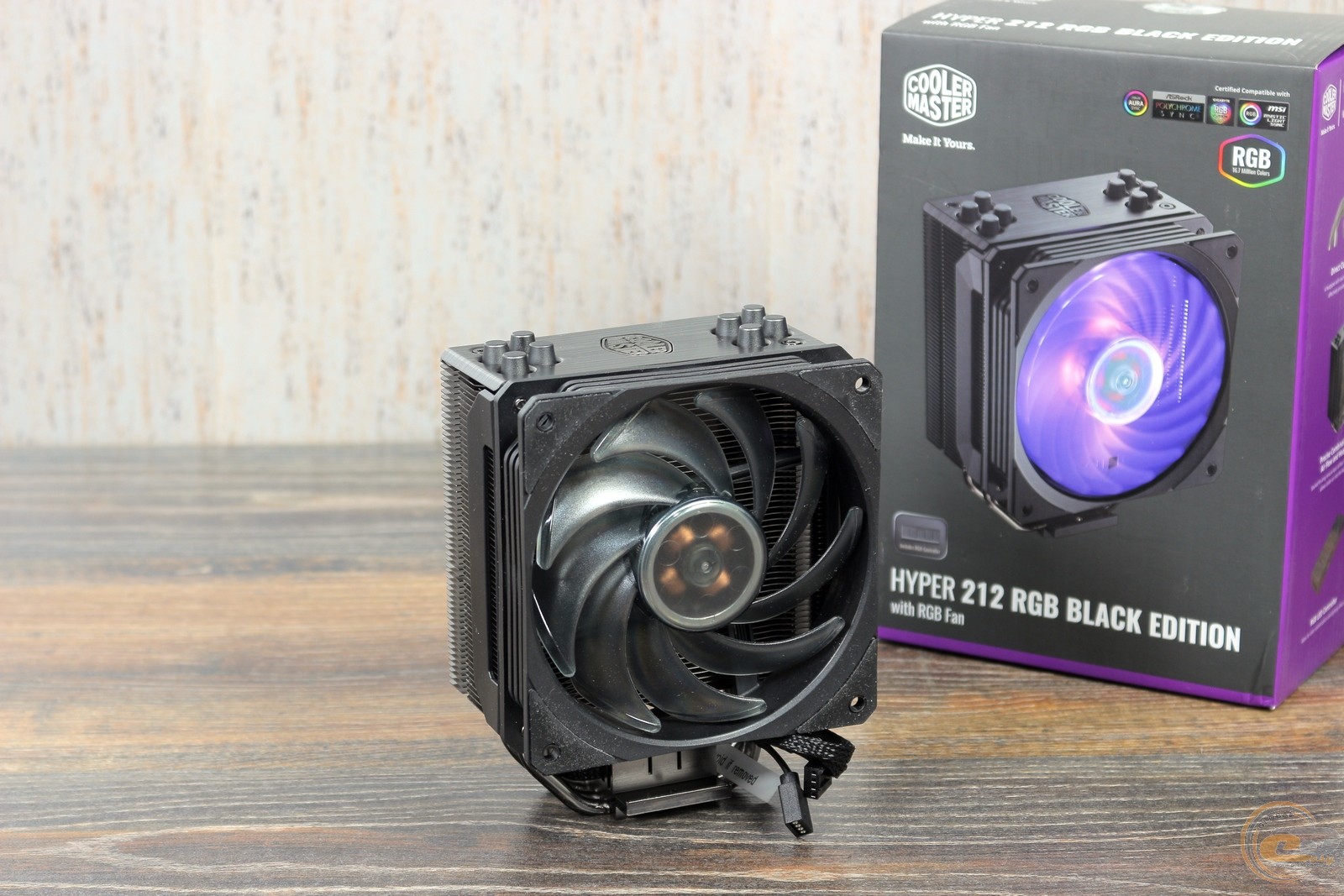

The whole thing is 160x150x135mm and weighs 1.32kg. This does of course mean it’s rather bulky, pretty much the only downside we can see for this cooler. It also comes with an incredible 6-year warranty, which is rare. It has a six heat pipe dual radiator design, and the aluminium fins are 10mm wider and spaced further apart than its predecessor. Their fans are one of the best out there in terms of design, reaching fan speeds of up to 1500rpm and producing up to 140.2 m³ per hour of air flow. These fans help buck the trend of air coolers being noisy, achieving near silence with giant whisper-quiet fans. It makes some minor improvements on the NH-D14, such as bigger 150mm fans and better memory clearance and replacement. Although it’s an air cooler, it performs in the same league as a decent liquid cooler, representing great value for money. The NH-D15 is its successor, and their flagship product. In fact, Noctua was the first to produce a dual-tower heatsink, the NH-D14, and it was revolutionary at the time. All of their products are of a great quality few competitors can match. You might not have heard of Noctua, but they’re famous in the cooler world for being a small but extremely high caliber cooling manufacturer.


You can’t beat this much-loved heat sink from the incredible Noctua company for overall performance and value. The more fans there are, the more likely it is to be noisy, so sometimes you have to sacrifice silence for power, though there are exceptions. Some manufacturers, like be quiet!, prioritize silence over all else in their builds. However, manufacturers have perfected quieter fan blades over the years. Noise is also a major issue when it comes to coolers, as many users prefer a silent or near-silent PC experience, but fans can’t help but produce turbulence. Some basic models have one fan, but most models have two or three. In general, the larger the radiator or fans, the better the cooling performance.

However, they’re less efficient, as air is much less thermally conductive than liquid, and radiators make a more efficient cooling system. Air coolers use gas heatpipes and fans to cool, whilst liquid AIO (all-in-one) coolers use a pump, liquid, and a radiator.Īir coolers are popular as they tend to be cheaper than liquid coolers. There are two main types of heat sinks: air coolers and liquid AIO coolers. In this article, we list our top five heat sinks, along with the best budget option. Are you looking to buy a heat sink for your precious CPU?īefore you spend the rest of your budget on a graphics card, you might want to invest in the right heat sink for your CPU first.īut how much do you need to spend exactly? Can you afford both decent cooling and near-silence within your budget?


 0 kommentar(er)
0 kommentar(er)
